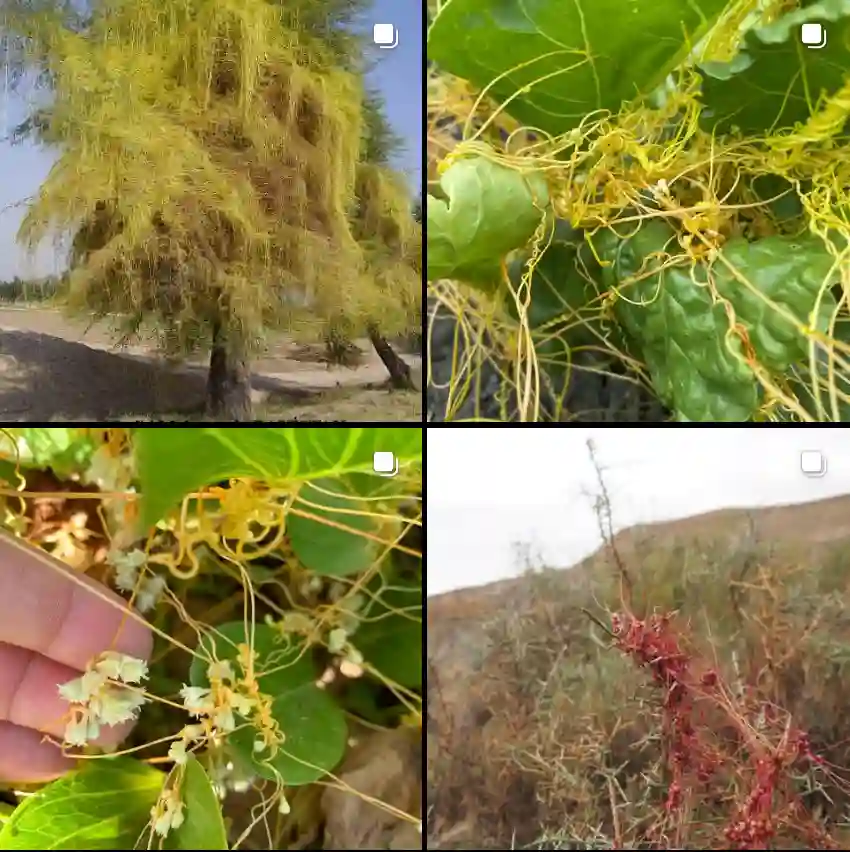What is Lygodium Palmatum?
For years, my terrarium obsession thrived on the predictable – the reliable bursts of color from succulents, the steadfast resilience of mosses. But then, I stumbled upon Lygodium palmatum, the American Climbing Fern, and a new challenge bloomed alongside its delicate fronds. This wasn’t a fern for the faint of heart. It craved a specific environment, a constant dance between moisture and light, a test of my ability to cultivate a miniature world. But its ethereal beauty, the way its fronds twirled and climbed with an almost sentient grace, was a prize worth striving for.
Lygodium palmatum isn’t your average houseplant. It hails from the dappled shade of eastern North American woodlands, thriving in the company of towering trees and spongy mosses. It thrives on high humidity, acidic soil, and dappled sunlight – a far cry from the central heating and arid air most homes offer. But understanding its natural habitat is the first step to successfully cultivating this fern indoors.
How to care for Lygodium Palmatum?
The key to keeping Lygodium palmatum happy lies in creating a microcosm of its native environment. Here’s what you’ll need to consider:
- Light: Forget the sunny windowsill. Lygodium palmatum prefers filtered, indirect light. Think dappled sunlight filtering through leaves, not harsh afternoon sun. East-facing windows or shaded porches might be suitable locations.
- Humidity: This is where the challenge begins. Lygodium palmatum thrives in high humidity, ideally around 70-80%. Terrariums are ideal for this reason, as they create a closed environment that traps moisture. A humidifier placed near the fern can also help, especially in drier climates.
- Soil: Opt for a well-draining, acidic potting mix. A mixture of peat moss, perlite, and orchid bark can provide the ideal balance of drainage and moisture retention.
Watering Lygodium Palmatum: The Tightrope Walk
Keeping the soil consistently moist, but not soggy, is crucial. Here’s the tightrope walk:
- Frequency: Aim to water when the top inch of soil feels dry to the touch. Overwatering is a surefire way to invite root rot.
- Method: Deep watering is preferred. Soak the pot until water runs out the drainage holes, then allow excess water to drain completely. Sitting water can lead to root problems.
Giving Your Lygodium Palmatum Something to Climb On
In its natural habitat, Lygodium palmatum climbs on trees and shrubs. To mimic this behavior indoors, you can provide a support structure like a moss pole or a trellis. As the fern grows, it will twine its delicate fronds around the support, creating a visually stunning display.
Patience is Key: Propagation and Growth
Lygodium palmatum isn’t the fastest-growing fern. Propagation through spore collection can be challenging, so patience is essential. If you’re looking for a quick and easy addition to your collection, this might not be the fern for you. However, for those who appreciate the slow dance of nature, the gradual unfurling of new fronds, Lygodium palmatum offers a unique and rewarding experience.
Sharing Your Terrarium with Lygodium Palmatum: Choosing Companions
While Lygodium palmatum can thrive on its own, carefully chosen companions can enhance your terrarium. Look for plants with similar light and humidity needs, such as mosses, small orchids, or Fittonia (Nerve Plant). Avoid fast-growing or large plants that might compete for resources.
Conclusion: The Reward of a Delicate Dance
Lygodium palmatum isn’t for everyone. It demands a specific environment and a watchful eye. But for those who appreciate a challenge, who find joy in nurturing a delicate life, this fern offers a unique and rewarding experience. With careful attention to light, humidity, and watering, you can create a haven for this exquisite climber, a miniature woodland flourishing within the confines of your home.
If i die, water my plants!



